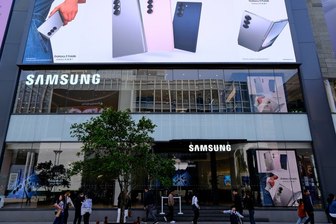In order to remain relevant in the market, marketers should always focus on consumers, not campaigns. This applies not only to product and service launches, but also to new forms of advertising.
A data-driven approach makes it possible to serve the consumer's needs before she even realizes she has them. It is also important to be able to be flexible and accomodating. Four crucial trends are emerging for the year 2018:
New data collection methods - a deeper understanding of consumer journeys
Marketing is becoming increasingly complex due to new technologies and communication channels. It is important for responsible marketers to have reliable data at their fingertips so that they can accurately determine target groups and know exactly when, where, and how they can reach consumers on their customer journey. Only those who know which communication methods are worthwhile and how they should look will be able to reach customers and potential clients. If data is continuously collected and measured, the effects of individual campaigns can be measured and long-term effects on the own brand can be identified.
Improved AI-driven personalisation of customer experience
The more personal the customer experience is, the better the experiences. Artificial intelligence helps identify and distribute individualized content. This both increases the relevance of the content for the consumer and encourages the customer to interact with chatbots or digital assistants through direct communication. The more adaptive that artificial intelligence becomes, the better it is able to link data in a targeted manner in order to react to consumers and expand their level of activity with each interaction. In time, the use of artificial intelligence and personalised advertising will become a routine part of life for consumers, even those who are currently put off by them.
Customer data to enhance and personalise great content
Making personalised content available to consumers effectively means making life easier for them. In the best case scenario, it makes it easier for them to make decisions, or even takes the decision-making-process away from them. To achieve this, a company must know exactly which groups it wants to target, and what the desired outcome is. For example, the Uber Eats app helps users in the USA order food, and offers meals suggestions on the basis of their previous orders - of course, only from nearby restaurants. In this way, the user is given something that no money can replace: time. And this is more important than ever in a dynamic and complex era.
Technology enhancing the personal customer experience
Parallel to the development of artificial intelligence, the number of users of digital assistants, VR, and AR applications is also growing. Siri, Amazon Alexa, and others don’t make smartphones superfluous, but they often remove the need to look at the display. Visual and audio communication using these new technologies enables a more immediate user experience and even more spontaneous and personal interaction with consumers. The first to reach this target group will earn trust from consumers. For example, satisfied Amazon Alexa consumers will think twice about switching to a different provider if they get all their needs met with this assistant. The most successful companies today are those that have recognized that the consumer is their most important asset, and the source of their brand innovation and growth.
Foto: Getty










